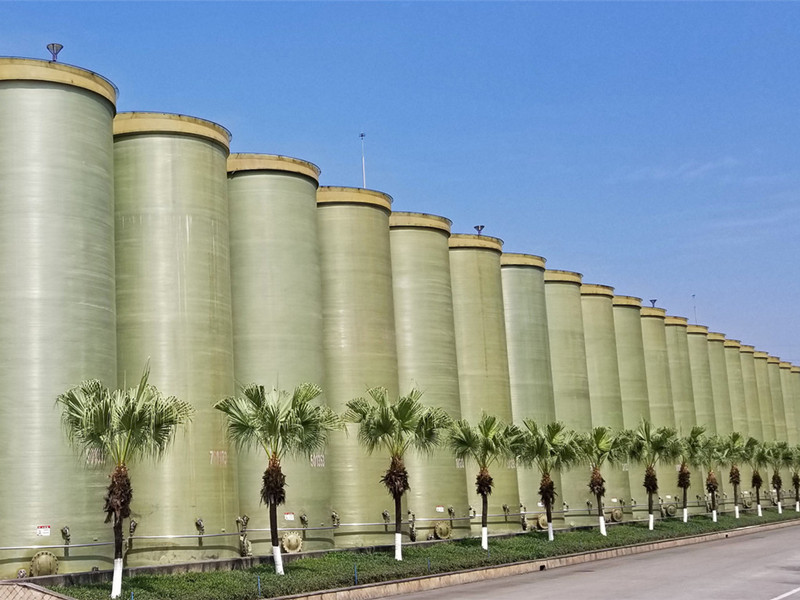
-
 Afrikaans
Afrikaans -
 Albanian
Albanian -
 Amharic
Amharic -
 Arabic
Arabic -
 Armenian
Armenian -
 Azerbaijani
Azerbaijani -
 Basque
Basque -
 Belarusian
Belarusian -
 Bengali
Bengali -
 Bosnian
Bosnian -
 Bulgarian
Bulgarian -
 Catalan
Catalan -
 Cebuano
Cebuano -
 China
China -
 China (Taiwan)
China (Taiwan) -
 Corsican
Corsican -
 Croatian
Croatian -
 Czech
Czech -
 Danish
Danish -
 Dutch
Dutch -
 English
English -
 Esperanto
Esperanto -
 Estonian
Estonian -
 Finnish
Finnish -
 French
French -
 Frisian
Frisian -
 Galician
Galician -
 Georgian
Georgian -
 German
German -
 Greek
Greek -
 Gujarati
Gujarati -
 Haitian Creole
Haitian Creole -
 hausa
hausa -
 hawaiian
hawaiian -
 Hebrew
Hebrew -
 Hindi
Hindi -
 Miao
Miao -
 Hungarian
Hungarian -
 Icelandic
Icelandic -
 igbo
igbo -
 Indonesian
Indonesian -
 irish
irish -
 Italian
Italian -
 Japanese
Japanese -
 Javanese
Javanese -
 Kannada
Kannada -
 kazakh
kazakh -
 Khmer
Khmer -
 Rwandese
Rwandese -
 Korean
Korean -
 Kurdish
Kurdish -
 Kyrgyz
Kyrgyz -
 Lao
Lao -
 Latin
Latin -
 Latvian
Latvian -
 Lithuanian
Lithuanian -
 Luxembourgish
Luxembourgish -
 Macedonian
Macedonian -
 Malgashi
Malgashi -
 Malay
Malay -
 Malayalam
Malayalam -
 Maltese
Maltese -
 Maori
Maori -
 Marathi
Marathi -
 Mongolian
Mongolian -
 Myanmar
Myanmar -
 Nepali
Nepali -
 Norwegian
Norwegian -
 Norwegian
Norwegian -
 Occitan
Occitan -
 Pashto
Pashto -
 Persian
Persian -
 Polish
Polish -
 Portuguese
Portuguese -
 Punjabi
Punjabi -
 Romanian
Romanian -
 Russian
Russian -
 Samoan
Samoan -
 Scottish Gaelic
Scottish Gaelic -
 Serbian
Serbian -
 Sesotho
Sesotho -
 Shona
Shona -
 Sindhi
Sindhi -
 Sinhala
Sinhala -
 Slovak
Slovak -
 Slovenian
Slovenian -
 Somali
Somali -
 Spanish
Spanish -
 Sundanese
Sundanese -
 Swahili
Swahili -
 Swedish
Swedish -
 Tagalog
Tagalog -
 Tajik
Tajik -
 Tamil
Tamil -
 Tatar
Tatar -
 Telugu
Telugu -
 Thai
Thai -
 Turkish
Turkish -
 Turkmen
Turkmen -
 Ukrainian
Ukrainian -
 Urdu
Urdu -
 Uighur
Uighur -
 Uzbek
Uzbek -
 Vietnamese
Vietnamese -
 Welsh
Welsh -
 Bantu
Bantu -
 Yiddish
Yiddish -
 Yoruba
Yoruba -
 Zulu
Zulu
grp grating
Understanding GRP Gratings A Versatile Solution for Modern Applications
GRP (Glass Reinforced Plastic) gratings have emerged as a highly effective and versatile solution across various industries due to their unique properties and numerous advantages. Their development represents a significant advancement in materials engineering, aiming to provide strength, durability, and corrosion resistance in a lightweight form. In this article, we will explore what GRP gratings are, their characteristics, applications, and the benefits they offer.
What are GRP Gratings?
Glass Reinforced Plastic gratings are composite materials made from a combination of fiberglass and thermosetting resins. The production process involves embedding fiberglass roving into a polymer matrix, which is then cured to create a solid and stable structure. This results in a grid-like formation that is not only lightweight but also incredibly strong, making it suitable for numerous applications.
Key Characteristics
1. Corrosion Resistance One of the standout features of GRP gratings is their exceptional resistance to harsh chemicals and corrosive environments. This property makes them ideal for use in industries such as wastewater treatment, chemical processing, and marine applications, where exposure to aggressive substances is common.
2. Lightweight GRP gratings are significantly lighter than traditional materials like steel or aluminum, which eases transportation and installation. This characteristic is particularly beneficial in projects where weight reduction is a priority, such as in the construction of walkways, platforms, and access ladders.
3. High Strength-to-Weight Ratio Despite their lightweight nature, GRP gratings offer a considerable strength-to-weight ratio. They can withstand heavy loads, making them suitable for heavy-foot traffic areas, industrial applications, and even vehicular access.
4. Slip Resistance Safety is paramount in any workspace, and GRP gratings provide excellent slip resistance due to their textured surface. This feature is critical in environments prone to spills or wet conditions, as it reduces the risk of accidents.
5. UV Stability GRP materials are engineered to resist degradation from ultraviolet (UV) radiation, ensuring that they maintain their structural integrity and appearance over time, even in outdoor applications.
Applications
The versatility of GRP gratings allows them to be used across a wide array of industries
- Industrial Facilities In factories and manufacturing plants, GRP gratings can be used for walkways, platforms, and trench covers, providing safe and durable surfaces for workers.
grp grating

- Chemical Plants Their resistance to corrosive substances makes GRP gratings ideal for environments that deal with hazardous chemicals, where traditional materials would fail.
- Wastewater Treatment GRP gratings are widely used in wastewater treatment facilities, where they support structures above treatment tanks and general maintenance areas.
- Marine Applications The lightweight and corrosion-resistant properties of GRP make it a popular choice in marine environments, such as docks and piers, where steel would suffer from rust and deterioration.
- Construction In commercial and residential construction, GRP gratings find applications in creating safe access solutions and walkways, particularly in areas requiring frequent maintenance or inspections.
Advantages of GRP Gratings
The benefits of incorporating GRP gratings into projects are extensive
- Cost-Effective While the initial investment may be higher than some traditional materials, the long-term savings due to reduced maintenance and replacement costs make GRP a cost-effective choice.
- Easy Installation The lightweight nature permits quicker installation processes, reducing labor costs and time on-site.
- Environmentally Friendly Many GRP gratings are made from recyclable materials, contributing to more sustainable construction practices.
- Customizability GRP gratings can be manufactured in various sizes, colors, and configurations, allowing for tailored solutions specific to project needs.
Conclusion
GRP gratings stand as a testament to the advancements in material science, offering a robust, lightweight, and durable alternative to traditional grating solutions. With their array of advantages, these gratings have established themselves as a versatile option for various industries, fostering safety and efficiency in countless applications. As industries continue to evolve, GRP gratings will undoubtedly play a crucial role in supporting innovative design and sustainable practices.









